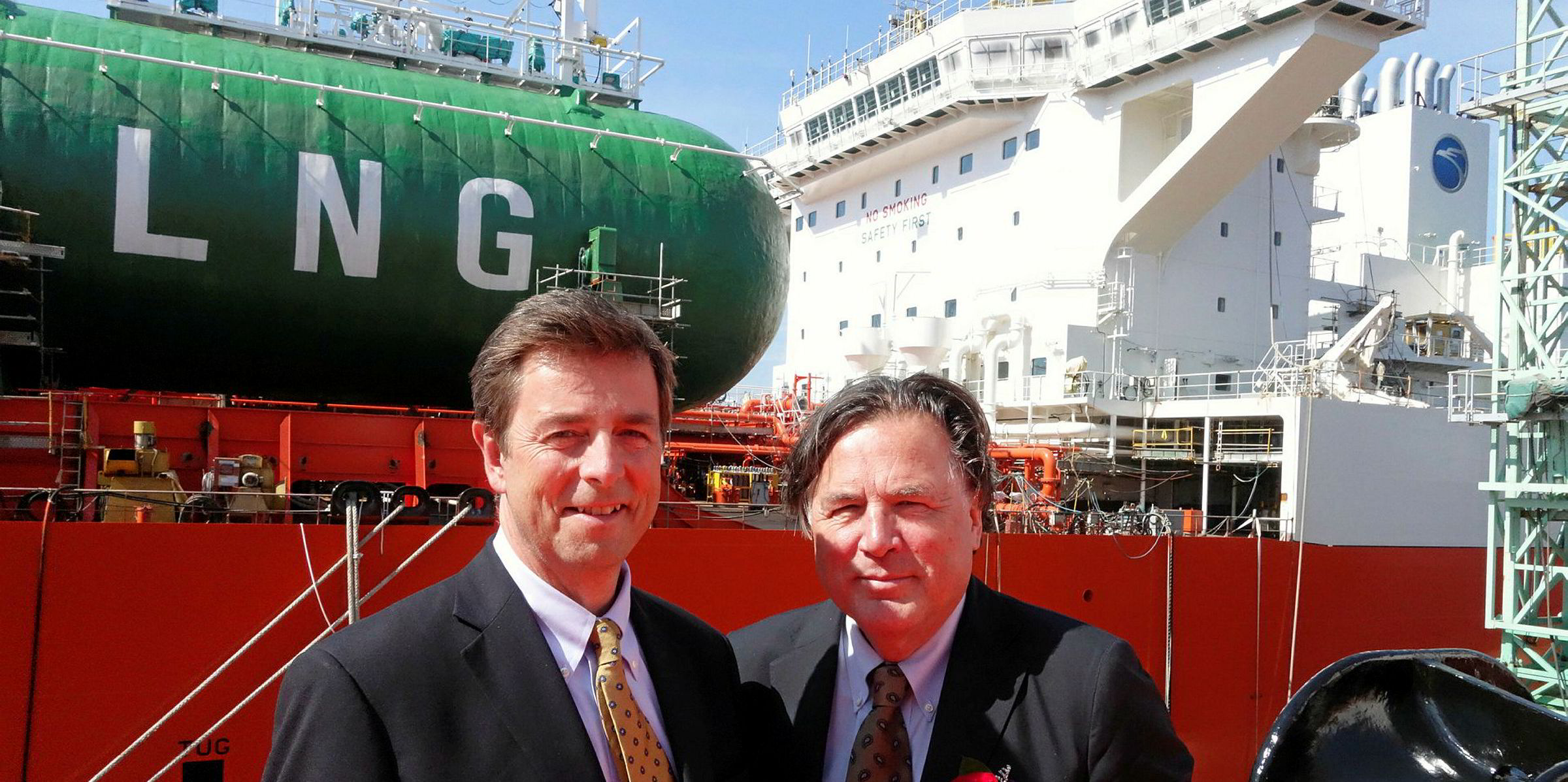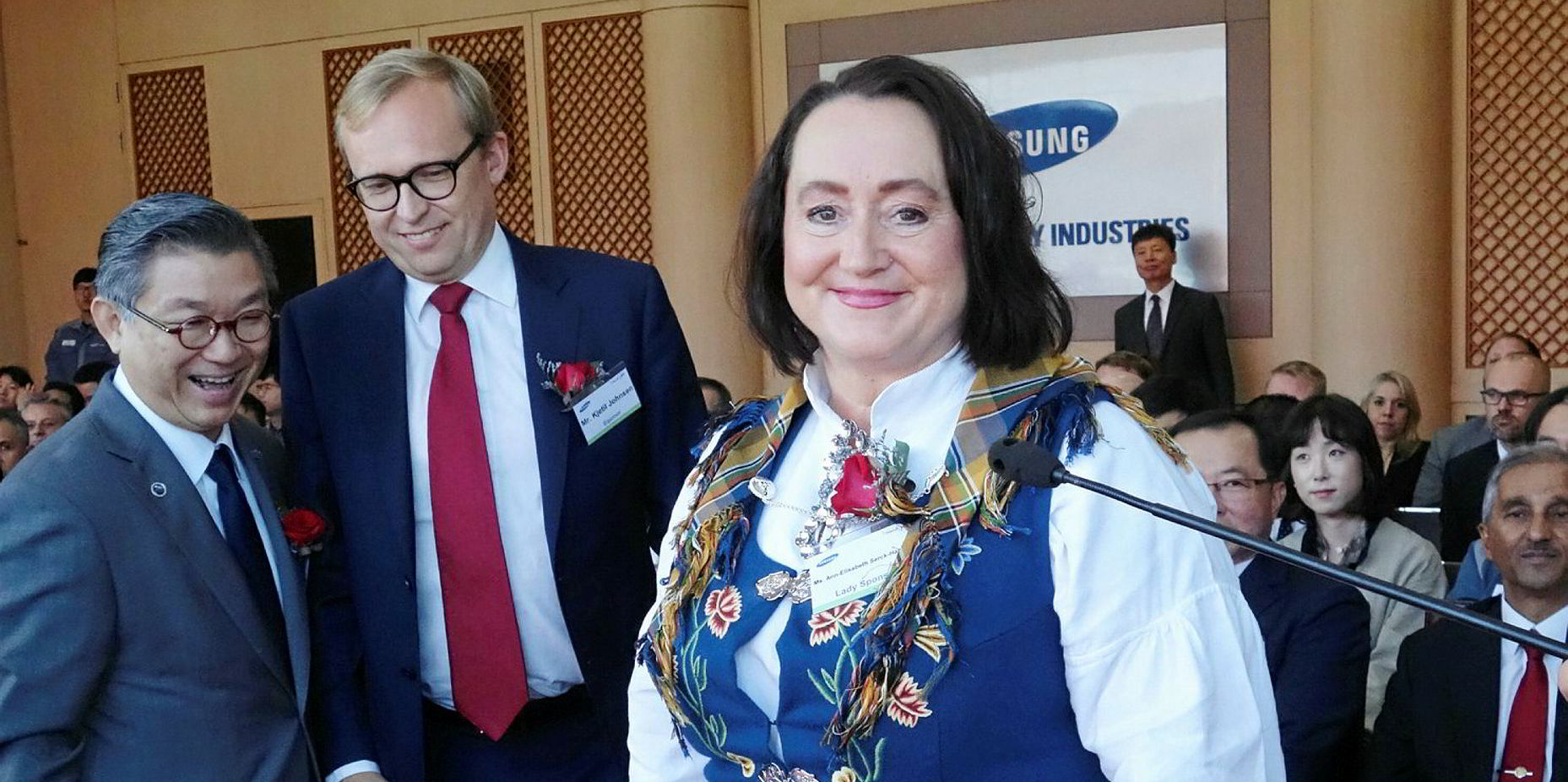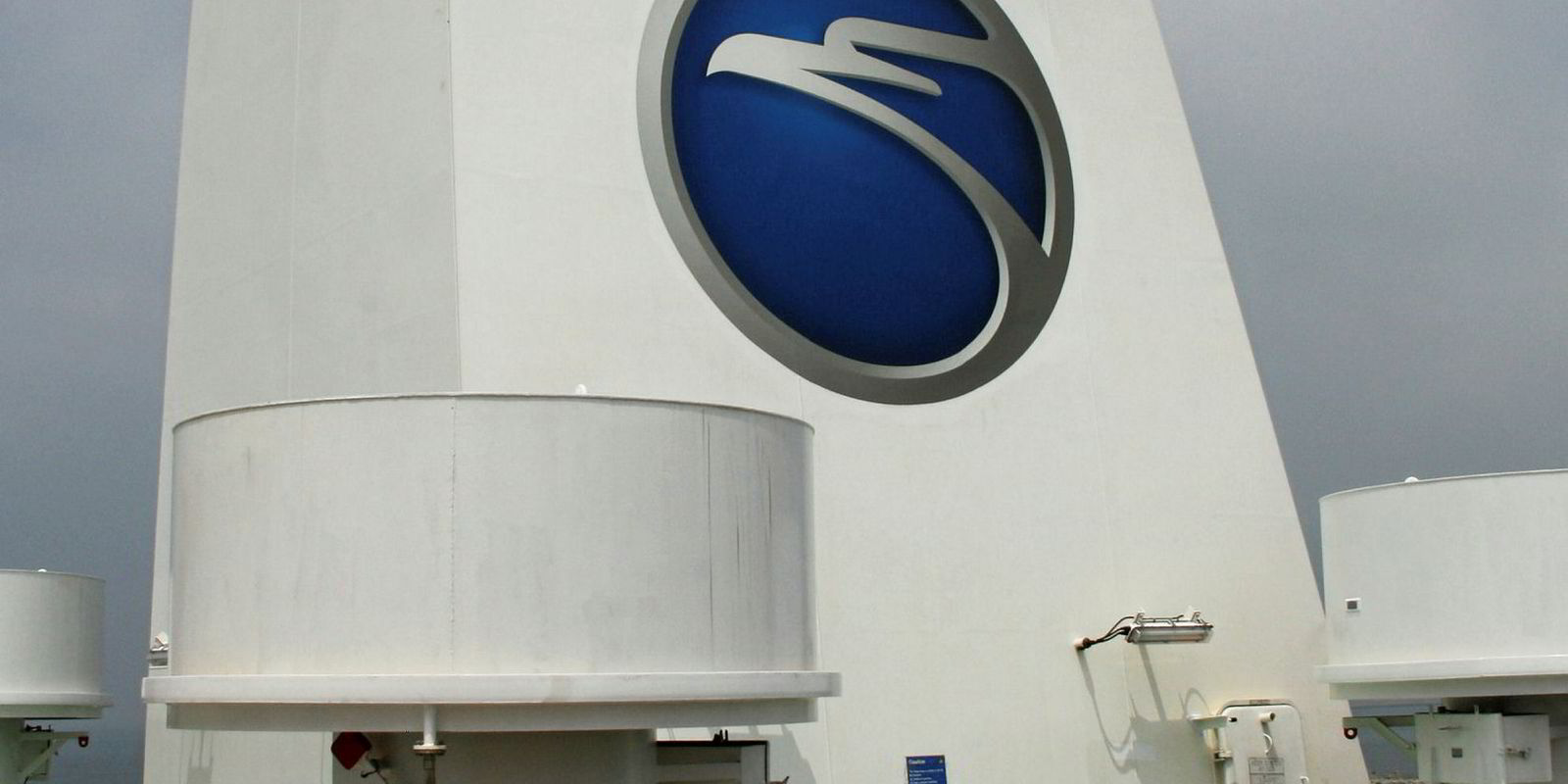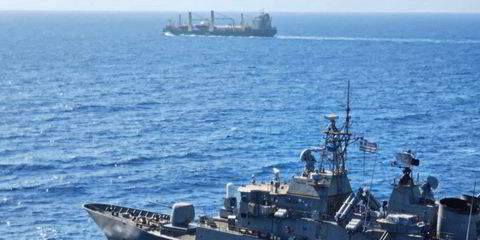MISC subsidiary AET is one of the pioneers of LNG dual-fuel tankers, having run a tight race with Sovcomflot (SCF Group) to get the first such vessels in service at the end of last year.
AET’s dual-fuel aframax tankers Eagle Brasilia and Eagle Bintulu (both built 2018) immediately went on charter to Shell upon being commissioned.
The latest shuttle tankers — the Eagle Balder and Eagle Blane — were ordered against seven-year charters from Equinor. The vessels are owned by AET Sea Shuttle, a joint venture partnership with Norway’s Arendal Dampskibsselskab (ADS), which has a 5% stake, and managed by ADS shipmanagement affiliate OSM Maritime Group.
Equinor vice president of shipping Kjetil Johnsen said the contract included the dual-fuel option from the beginning.
'Time was right'
“We believed the time was right to proceed with LNG as a fuel for these tankers,” he said. “It was not only about the technology. It was also that we could see the supply chain for the availability of LNG as a sensible fuel was coming into place.”
Ann-Elisabeth Serck-Hanssen, Equinor’s senior vice president of asset management, who acted as sponsor of the ships at last week’s naming ceremony, added that the LNG option was selected as part of Equinor’s ambition to ensure its shipping operations had a strong sustainability profile.
“It is very exciting to see the immediate impact of the reduction of CO2 with these LNG dual-fuel tankers,” she said. “It is significant and it is what we want to see going into the future.
“Working with shipowners such as AET and shipyards such as Samsung [Heavy Industries], who share that aspiration, is really a step change”
She indicated that Equinor would pursue the LNG fuel option in all sectors where it was commercially viable.
The Eagle Balder and Eagle Blane are two of seven shuttle tankers that AET has on order. Four of the others are for a Petrobras contract and the remaining one is for Shell. All of the units will be delivered in 2020.
AET president and chief executive Rajalingam Subramaniam revealed that AET is pursuing other contracts worth a potential $1.5bn that could see new ships ordered in many of the tanker segments that the company operates.
“As far as our fleet portfolio is concerned, we look at what is going to make the 2030 greenhouse gas emission targets within our striking distance," he said.
Tankers 'fit our portfolio'
"When we look at that, we target the assets and the clients who have the capability of taking on those assets.
“If you look at these shuttle tankers, they fit our portfolio. In terms of VLCCs, we are looking at LNG dual-fuelled VLCCs as the new ones to be to be contracted. Our team is working on it in terms of what is the best size, the best capacity and the best LNG fuel capacity for the trade lanes."
The company is also looking at other assets such as suezmaxes.
“In creating the future for the next generation of tankers, we already have an advantage in terms of discussions that we are holding at a bidding level, plus also exclusive discussions,” he said.
"As far as the targeted clientele, it is on a narrow base rather than a very broad list because we do know who is able to share the sustainability values of our organisation.”
Subramaniam describes AET’s experience of running LNG dual-fuel tankers over the past year as being very good.
“The vessels are operating to design, and in some areas better than design,” he said.
Because the vessels are predominantly trading in north-west Europe, where LNG is abundant, they are operating 100% on LNG while at sea, but when they come into port they switch over to conventional fuel.
“There are some ports in parts of the Mediterranean where, in terms of the take-up of gas as a fuel, there is still some convincing to do. Post-2020, I think that question will go away.”
But Subramaniam said bunkering is not an issue. The European infrastructure is well developed, and it is being rapidly developed elsewhere. He predicts the only gaps in bunkering infrastructure in the next two to three years will be in South America and Africa.







